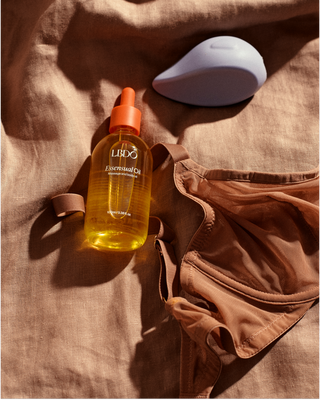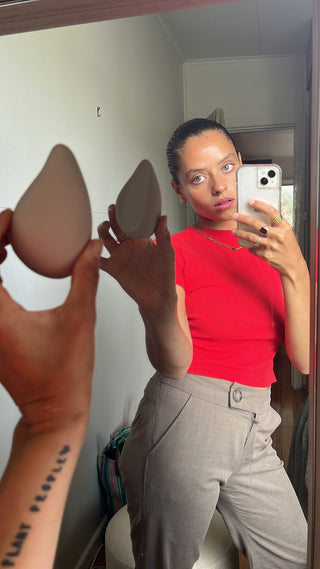Ever heard of a meet-cute in movies? Well, a crush is like your brain’s version of a meet-cute—a chemical one. The neuroscience behind it is fascinating, involving a whirlwind of brain chemicals and structures working together. While it’s not exactly brain surgery, understanding attraction does take a bit of knowledge about what’s going on inside our heads.
From the ‘cuddle chemical’ to the feelings of obsession, we’re diving into the science behind what makes a crush so irresistible.
The etymology behind the word ‘crush’
The romantic meaning of ‘crush’ first showed up in an 1884 journal by Isabella Maud Rittenhouse, a trailblazer in the women’s suffrage movement. It's thought that it came from the word ‘mash,’ which was 1870s slang for being ‘head over heels’ in love. Rittenhouse wrote: “Wintie is weeping because her crush is gone,” and from there, the word stuck.
The link between a crush and our brain chemistry
A crush is essentially your brain’s way of responding to attraction—whether it’s romantic, emotional, or physical. Ever felt your heart race, stumbled over your words, or had butterflies? Those reactions are your body's stress response kicking in. Norepinephrine (a stress-related chemical) is responsible for the jitters, while dopamine, the 'feel-good' chemical, gives you that rush. It's what makes a crush feel addictive—because it kind of is.
Then there’s serotonin, which takes a dip during a crush, adding to that head-over-heels, out-of-control feeling. Meanwhile, cortisol (a stress hormone) rises, making you feel even more flustered around your crush.
Why do we get obsessed with a crush?
That feeling when you can’t stop thinking about someone? It’s not just in your head—it’s in your brain chemistry. Dopamine plays a big part in this. The more you think about or interact with your crush, the more dopamine your brain releases, which can heighten excitement, anticipation, or even anxiety.
Checking their social media constantly or waiting for that text is a result of this chemical loop. While it’s usually harmless, if you start feeling overwhelmed or consumed by these thoughts, talking to someone you trust or a mental health professional can help keep things in perspective.
Is love at first sight a chemical response?
There’s some science behind the idea of ‘love at first sight,’ and it’s linked to the chemicals that fire up when a crush first forms. That intense spark could be tied to a rush of dopamine. But while chemistry plays a part, there are other factors at play too—past experiences, social context, and even expectations all influence how strongly you feel when you meet someone for the first time.
While dopamine and norepinephrine make those initial moments electric, forming a deeper bond with a person relies on chemicals like oxytocin, the 'cuddle chemical,' and vasopressin, the ‘bonding’ hormone. Our brains are wired for connection, but it’s the combination of these chemicals that helps us move from crushes to something more lasting.
A crush can feel exciting, nerve-wracking, and all-consuming at the same time. When you find yourself unexpectedly drawn to someone, it’s important to remember that a lot of what you’re feeling is driven by brain chemistry. Dopamine and other chemicals are doing their thing, making everything feel intense. But knowing that can also help you navigate these feelings with a bit more understanding—and maybe even self-compassion.












